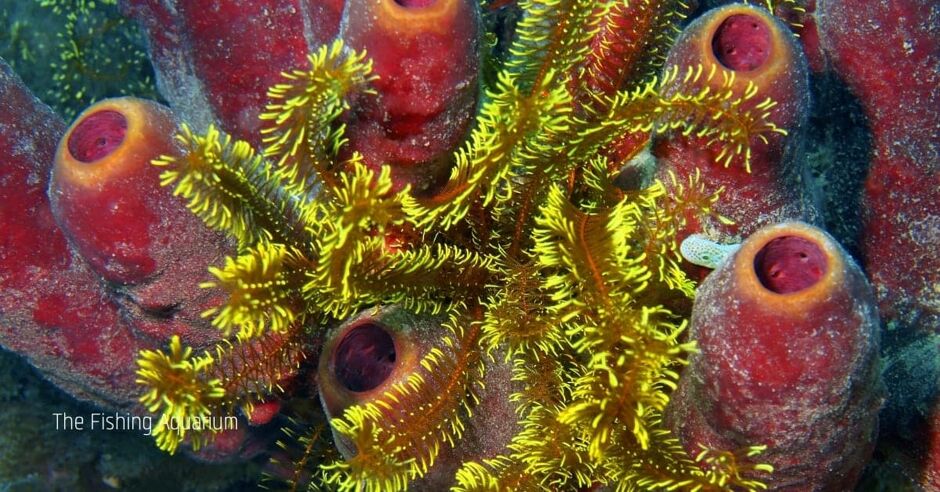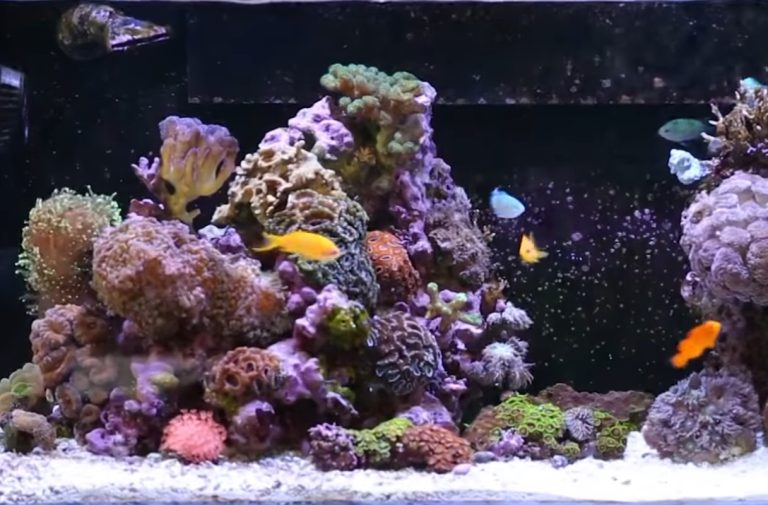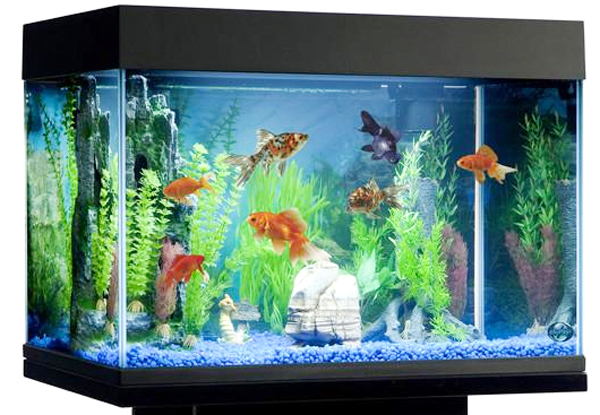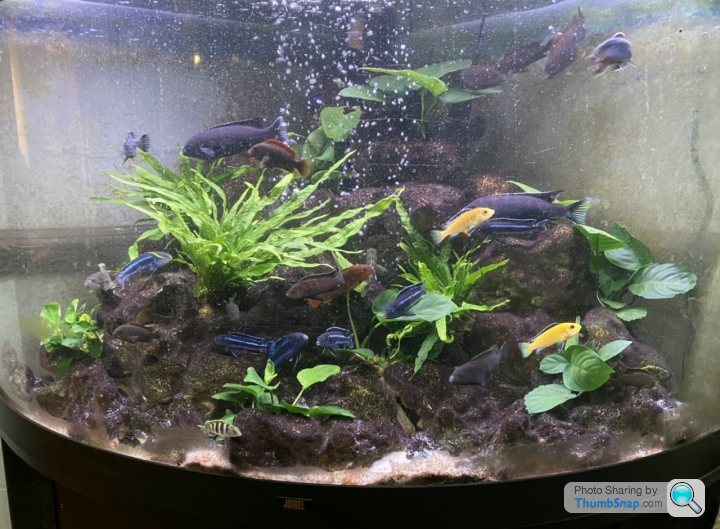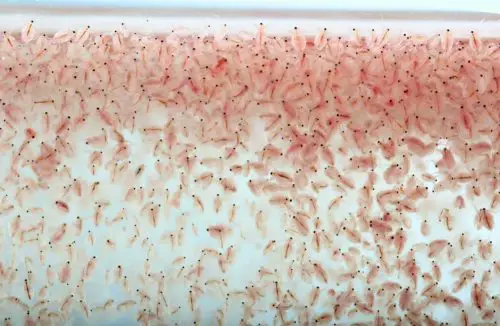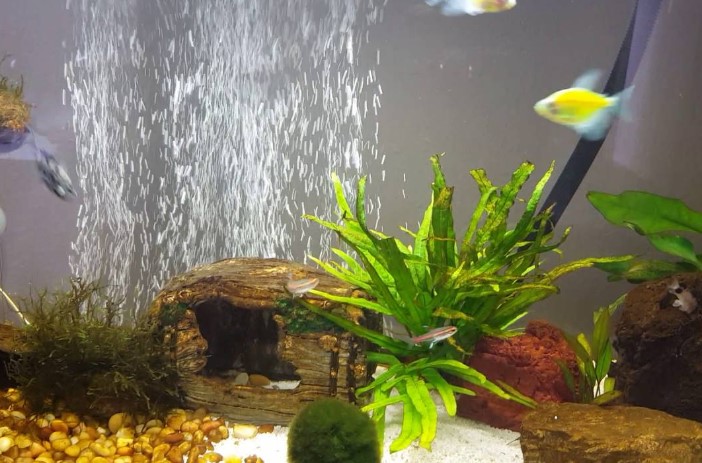What Eats Sponges In A Reef Tank
If you’re a reef tank enthusiast, you’ve probably wondered about the intricate ecosystem within your tank. Sponges are a common sight in reef tanks, but have you ever wondered what eats sponges? In this article, we’ll explore the fascinating world of reef tank predators and delve into which creatures prey on sponges. Let’s dive in!
What Eats Sponges in a Reef Tank
Reef tanks are a delicate balance of various organisms, each playing a vital role in maintaining the overall health and stability of the ecosystem. Sponges, often referred to as the “rainforests of the sea,” are an essential part of this ecosystem. They not only provide shelter and food for many marine organisms but also help maintain water quality by filtering out impurities.
However, despite their importance, sponges are not immune to predation. Several species of organisms have evolved specialized feeding strategies to prey on sponges in reef tanks. Let’s take a closer look at some of these predators:
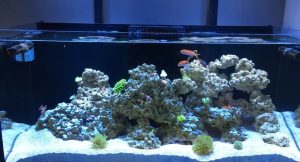
Sponge-eating Nudibranchs
Nudibranchs, also known as sea slugs, are a group of mollusks that come in a staggering variety of shapes, sizes, and colors. Some nudibranchs have developed a taste for sponges and have evolved incredible adaptations to feed on them. These predators not only consume the sponge tissue but also incorporate its chemical defenses into their own bodies, making them distasteful or toxic to potential predators.
One example of a sponge-eating nudibranch is the Spanish dancer nudibranch (Hexabranchus sanguineus). With its vibrant red color and graceful movements, it’s a sight to behold. But don’t let its beauty fool you – this nudibranch can voraciously consume sponges, even larger ones.
Crustaceans: Crabs and Shrimps
Crabs and shrimps are not only popular additions to reef tanks but also active predators that can feed on various organisms, including sponges. Some species, like the arrow crab (Stenorhynchus seticornis), have been observed nibbling on sponges. This behavior is more common when other food sources are scarce.
Similarly, certain species of cleaner shrimps, such as the banded coral shrimp (Stenopus hispidus), may occasionally pick at sponges. However, it’s important to note that these interactions are usually opportunistic, occurring when other food sources are limited, and sponges might not be their preferred meal.
Coral-Eating Snails
Snails, particularly the grazing species, play an important role in reef tanks. While they primarily feed on algal films and detritus, some snails have been known to consume sponges, especially when other food sources are insufficient. The Mexican Turbo Snail (Turbo fluctuosa), for example, has been observed nibbling on sponges.
However, it’s worth noting that the primary focus of snails in a reef tank is not sponges but rather algae and other organic matter. Their infrequent consumption of sponges is usually an opportunistic behavior rather than a regular part of their diet.
Fish Predators
When it comes to predators in a reef tank, certain fish species also show an interest in sponges. For example, some species of angelfish, like the Gray Angelfish (Pomacanthus arcuatus) and the Blue Angelfish (Holacanthus bermudensis), have been observed nibbling on sponges.
But it’s important to note that fish predation on sponges is relatively rare, and they usually prefer other types of food, such as algae, small invertebrates, or coral polyps. Sponges provide minimal nutritional value for most fish, so they are not a significant part of their diet.
Frequently Asked Questions
1. Are there any benefits to having sponges in a reef tank?
Absolutely! Sponges in a reef tank provide numerous benefits. They improve water quality by filtering out impurities, provide shelter for other organisms, offer a diverse array of colors and shapes, and contribute to the overall aesthetic beauty of the tank.
2. Can I remove sponges from my reef tank to prevent predation?
While it may be tempting to remove sponges in an attempt to protect them from predation, it’s important to remember that sponges serve many vital ecological roles in a reef tank. Instead, focus on maintaining a well-balanced ecosystem where predators and prey can coexist harmoniously.
3. How can I promote sponge growth in my reef tank?
To promote sponge growth in your reef tank, ensure proper water quality parameters, adequate lighting, and a nutrient-rich environment. Additionally, providing suitable substrate and maintaining stable water conditions can make your tank more hospitable for sponge colonization.
Final Thoughts
Sponges are fascinating organisms that play a crucial role in reef tank ecosystems. While they may fall prey to certain predators, it’s essential to maintain a balance between these organisms to ensure a healthy and thriving reef tank. By understanding the interactions between predators and sponges, we can create and maintain a diverse and vibrant aquatic environment. So, keep exploring and learning about the fascinating world of reef tank ecosystems!
